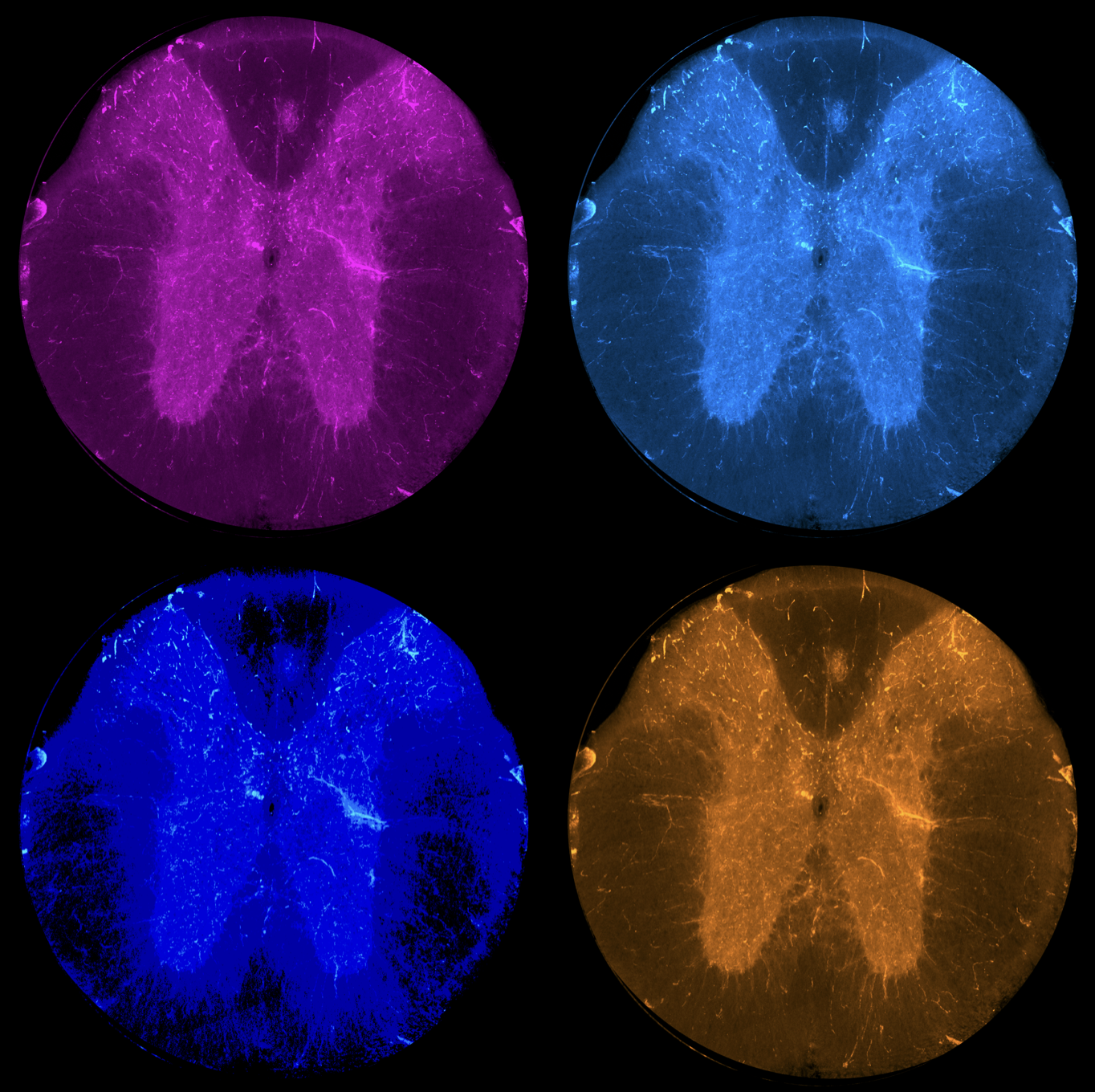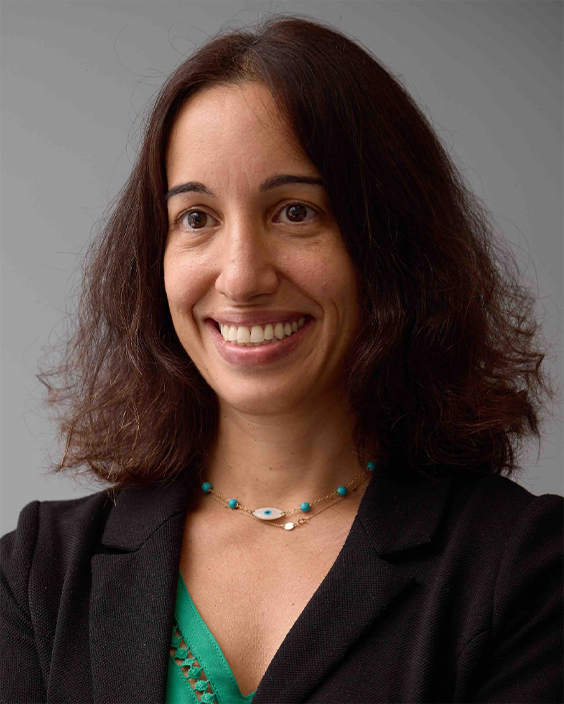More about us
Our lab is part of the Spinal Cord Damage Research Center located at the James J. Peters Veterans Affairs in the Bronx, New York. Work in the lab focuses on several biological questions:
- What is the molecular mechanism responsible for the poor functional recovery of individuals who harbor one or two copies of the apolipoprotein E4 variant of human apolipoprotein E?
- What is the therapeutic potential of orally active small molecules to improve outcomes after spinal cord injury?
- What molecular mechanisms explain connexin-mediated cross-talk between paralyzed skeletal muscle and the nervous system after spinal cord injury?
- What is the molecular basis for the requirement in skeletal muscle fibers of the adaptor protein Numb for optimal cytoskeletal organization and contractile function and is age-related loss of Numb protein a contributing factor to loss of muscle power in sarcopenia?
Ongoing experiments in the lab are seeking to answer these questions using pharmacologic and molecular biological approaches in rodent and cell culture systems.
The lab collaborates with investigators within and outside the United States. Those interested in a potential collaboration or a position in the lab should contact Dr. Cardozo (christopher.cardozo@mssm.edu).
Tissue Regression and Reorganization
How tissues regenerate from stem cells and how different organs balance cell loss with new growth is under intensive investigation in the regenerative biology field. In the natural hair growth cycle after years of continuous hair growth, follicles enter a wave of massive progenitor death along the hair axis that – as we are just beginning to unravel – is controlled by the niche microenvironment. During this follicle regression, the Dermal Papilla niche needs to relocate from the base of growing hair bulbs to the stem cell reservoir in the upper follicle for new growth activation.


